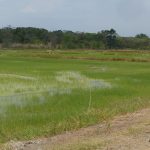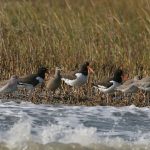In 1974, Manomet launched the volunteer-based International Shorebird Survey (ISS) to gather information on shorebirds and the habitats they depend on. The data gathered to date have been fundamental for population size and trend analyses, and comprise the principle data source to document wide-scale trends in shorebird populations. ISS data and surveys were integral to the creation of the Western Hemisphere Shorebird Reserve Network (WHSRN), and are frequently used to support the nomination of new sites. ISS data are also key to understanding the state of designated WHSRN sites and help inform management decisions.
ISS is focused on monitoring shorebirds during their post- and pre-breeding migration. The 2017-18 migration season is now underway, and the first Nearctic shorebirds have begun arriving in South America. Several WHSRN sites have already reported shorebird observations through ISS. At Manglares de San Pedro de Vice in Peru, a WHSRN Site of Regional Importance, Frank Suárez and his team have already counted over 300 Sanderlings (Calidris alba) and 100 Semipalmated Plovers (Charadrius semipalmatus).
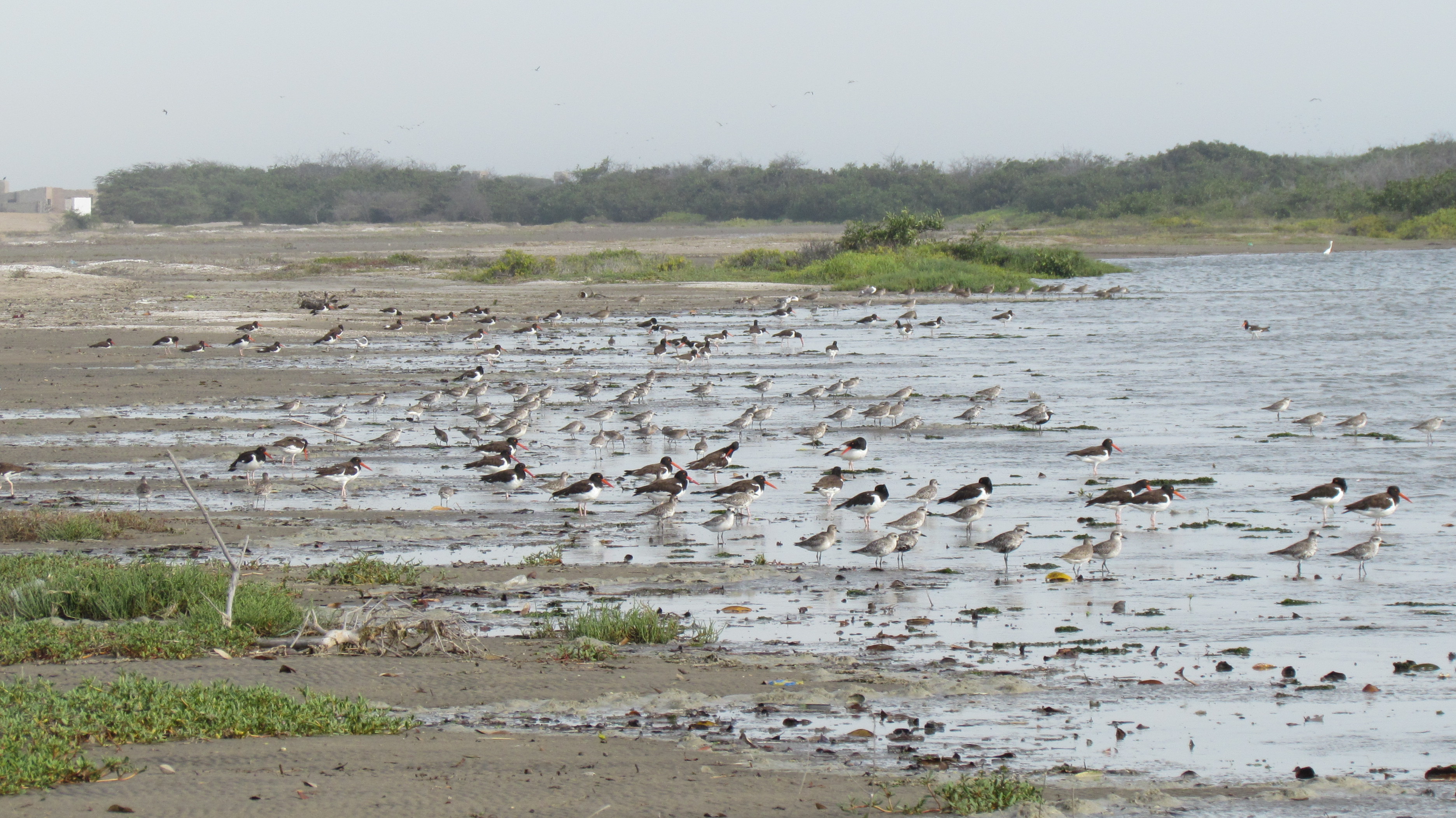
Shorebirds at low tide in the San Pedro de Vice Mangrove, Peru. Photo: Frank Suárez.
Miguel Durando and Hugo Giraudo reported the first arrival of Wilson’s Phalaropes (Phalaropus tricolor) and Baird’s Sandpipers (Calidris bairdii) at Laguna Mar Chiquita, a WHSRN site of Hemispheric Importance in Argentina. Also in Argentina, German Montero and colleagues reported a total of 14 species of shorebirds at the Estuario del Río Gallegos (a WHSRN site of International Importance), including five Nearctic species and a count of over 2000 Two-banded Plovers (Charadrius falklandicus), an Austral migrant.
ISS surveys began in late August in Paraguay, at Bahía de Asunción. Observations included the first arriving American Golden Plovers (Pluvialis dominica) and Pectoral Sandpipers (Calidris melanotos), and an early Baird’s Sandpiper. Bahía de Asunción was designated a WHSRN site of Regional Importance due to holding more than 1% of the global population of the Buff-breasted Sandpiper (Calidris subruficollis), but significant habitat alterations have resulted in a marked decline in numbers of the species using the site. ISS data have documented this trend, and are being used to help plan habitat restoration activities.
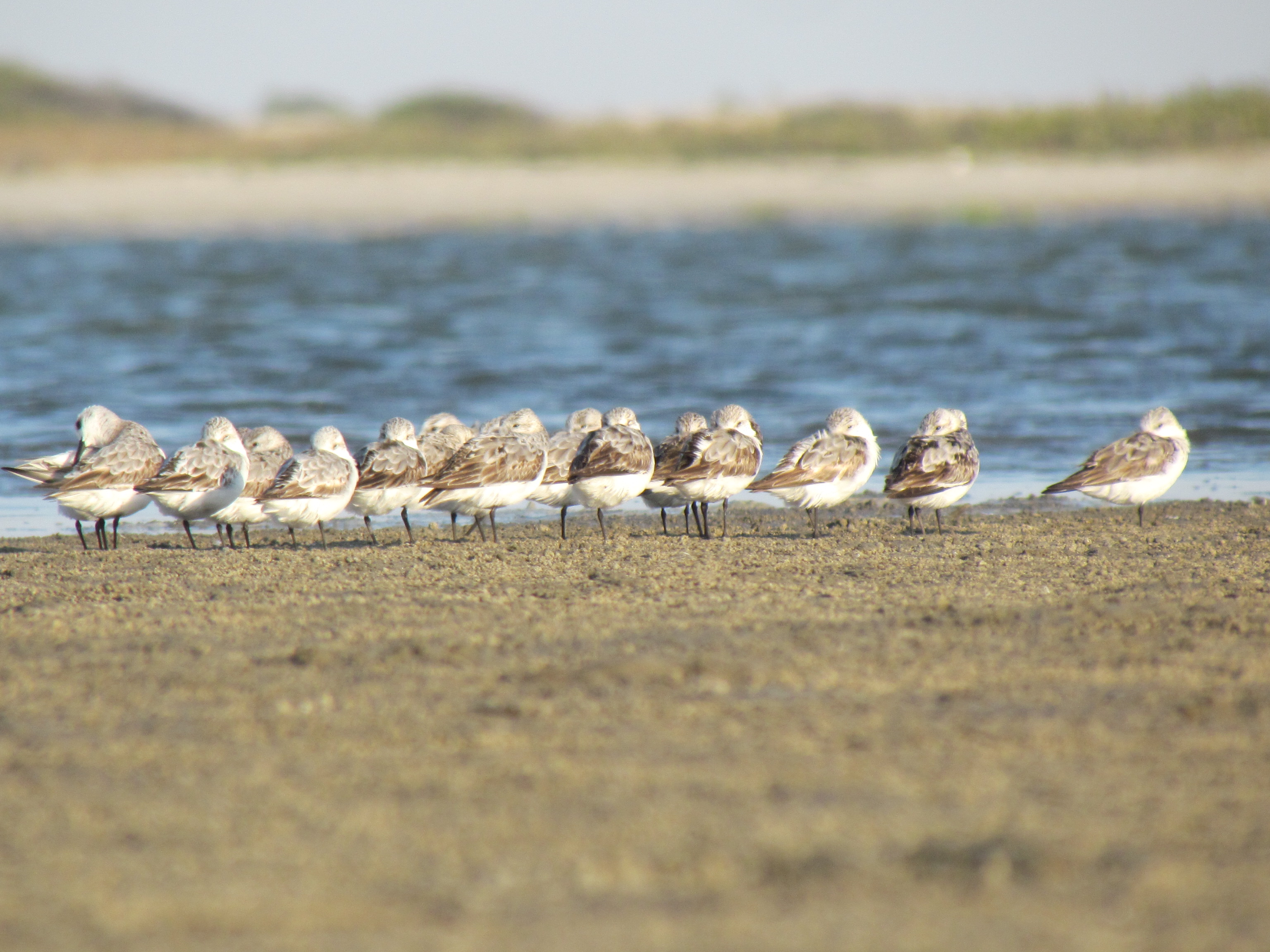
Sanderlings (Calidris alba) at San Pedro de Vice. Photo: Frank Suárez.
In Brazil, where Juliana de Almeida of SAVE Brasil coordinates ISS, the International WHSRN site Lagoa do Peixe has been conducting bi-weekly surveys and will soon be sharing the data with the ISS database, including data from past years. The ISS protocol is also being used to survey shorebirds at several other coastal sites, including a location within the Hemispheric WHSRN Site Reentrancias Maranhenses, which will begin surveys for ISS this October and November.
With the migration season just starting in South America, there is still time for other WHSRN sites to start conducting regular shorebird monitoring using the ISS protocol. The data gathered are crucial for both understanding global population trends and for informing habitat management on the ground.
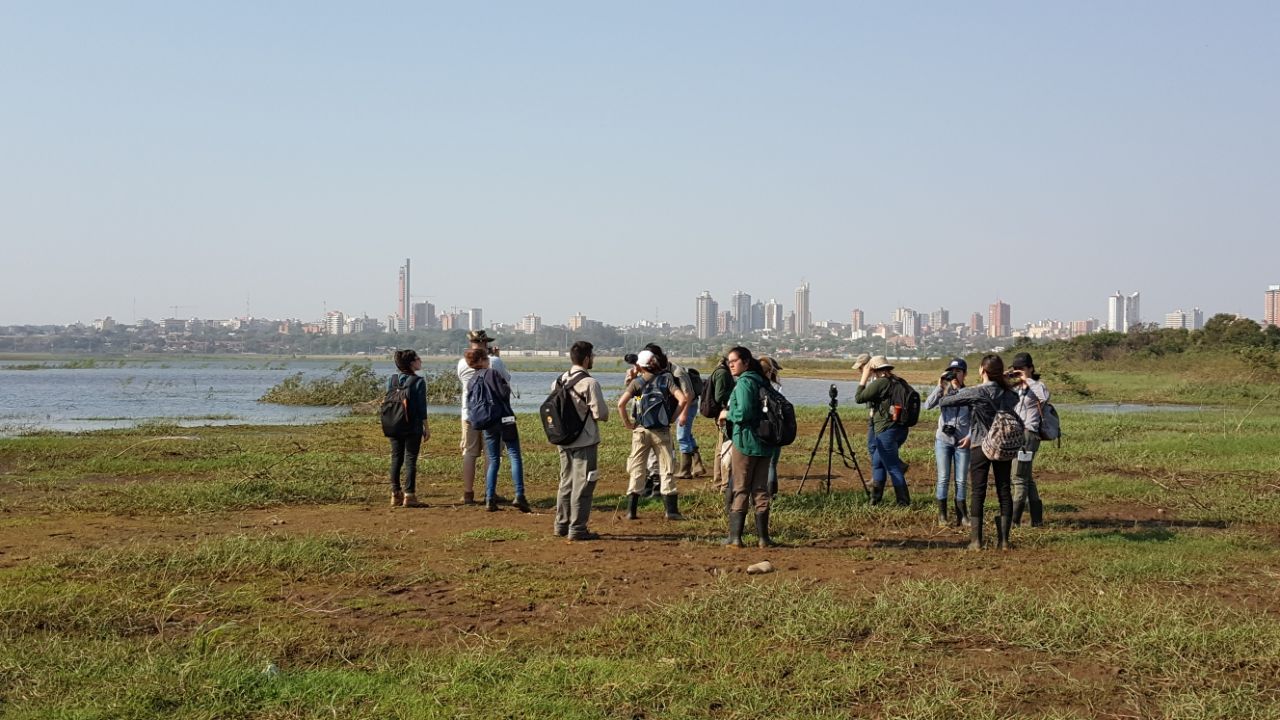
ISS monitoring at Asunción Bay, Paraguay. Photo: J. Sarubbi.





